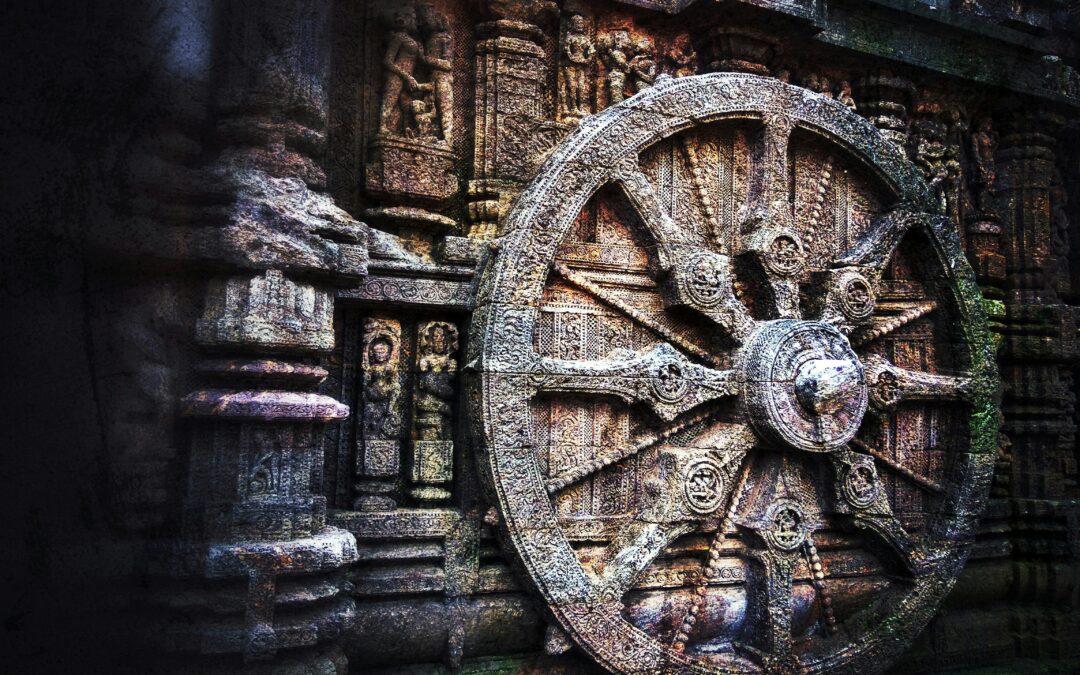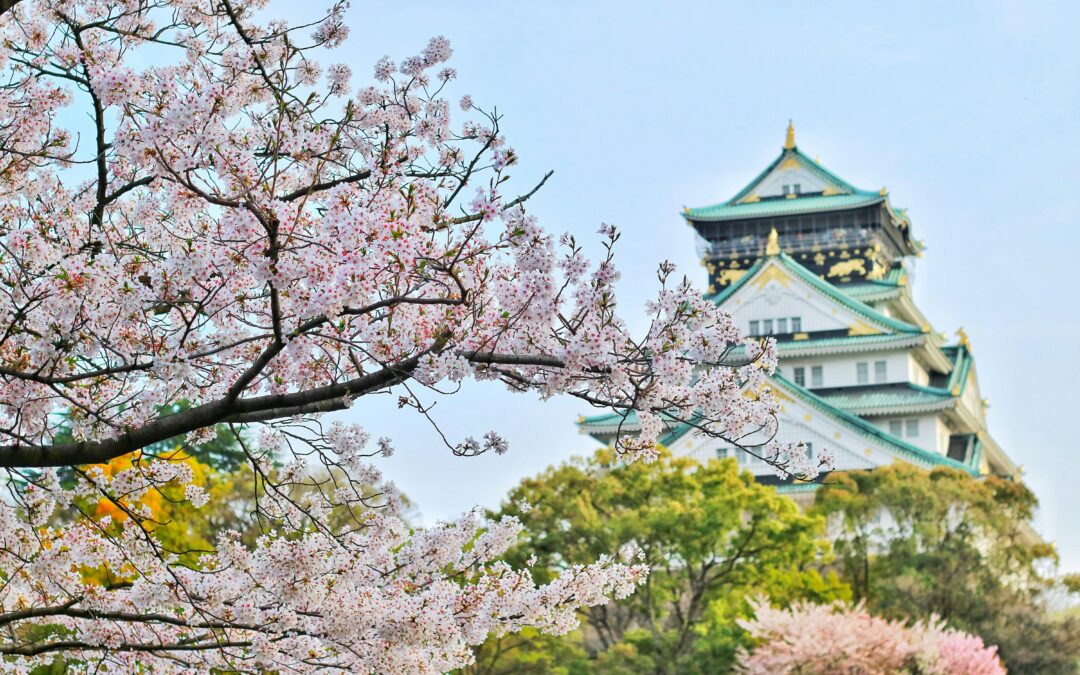China, a land of ancient wonders and modern marvels, offers an unparalleled journey through time and culture. From the iconic Great Wall to the futuristic skyline of Shanghai, here are the 10 best places to visit in China.
10 best places to visit in China
Table of Contents
1. The Great Wall of China

No trip to China is complete without visiting the Great Wall. Stretching over 13,000 miles, this ancient fortification is a testament to human ingenuity and perseverance. Built to protect against invasions from northern tribes, the Great Wall offers stunning vistas and a peek into China’s storied past. The most popular sections to visit are Badaling and Mutianyu, both easily accessible from Beijing. These sections are well-preserved and provide stunning views of the surrounding mountains. For a less crowded experience, consider visiting the Jinshanling or Simatai sections, which offer a more rugged and authentic adventure.
The history of the Great Wall dates back to the 7th century BC, with the most famous sections built during the Ming Dynasty (1368-1644). It is often said that the Great Wall is the only man-made structure visible from space, though this is more of a myth than fact. Regardless, walking along its ancient stones, feeling the weight of history underfoot, is an experience like no other.
To truly appreciate the Great Wall’s grandeur, one should also explore its less-visited areas. The Jiankou section, known for its steep, dramatic scenery, is a favorite among hikers seeking a challenging trek. Meanwhile, the Huanghuacheng section, partially submerged in water, offers a unique sight as the wall meets the reservoir. Each segment of the Great Wall reveals different aspects of its construction and history, showcasing the diverse landscapes of northern China.
2. The Forbidden City, Beijing

The Forbidden City, located in the heart of Beijing, was the imperial palace for over 500 years. This UNESCO World Heritage site boasts over 9,000 rooms and is a masterpiece of traditional Chinese architecture. Walking through its vast courtyards and opulent halls is like stepping back in time to the era of emperors and dynasties. Built between 1406 and 1420, the Forbidden City served as the home of emperors and their households, as well as the ceremonial and political center of the Chinese government for almost 500 years.
As you wander through the Meridian Gate and into the Outer Court, you’ll be struck by the grandeur of the Hall of Supreme Harmony, the largest hall within the Forbidden City. This is where emperors held their most important ceremonies, including coronations and weddings. The Inner Court, where the emperor lived with his family, is more intimate but equally impressive, showcasing the intricate artistry and craftsmanship of the Ming and Qing dynasties.
One of the most fascinating aspects of the Forbidden City is its symbolism. The complex was meticulously designed to reflect the philosophical and religious principles of the time. The use of colors, the layout of buildings, and the incorporation of various symbolic elements all served to convey the power and authority of the emperor. For instance, the color yellow, representing the emperor, is prominently featured in the roof tiles.
To fully appreciate the Forbidden City, it is recommended to spend several hours exploring its many halls, pavilions, and gardens. Guided tours are available for those who wish to delve deeper into the history and significance of this magnificent site. Visiting the Forbidden City is a journey through China’s rich cultural heritage and a testament to the architectural brilliance and historical importance of this remarkable palace complex.
3. Terracotta Army, Xi’an

Discovered in 1974 by local farmers, the Terracotta Army is one of the most significant archaeological finds of the 20th century. This vast collection of life-sized sculptures depicts the armies of Qin Shi Huang, the first Emperor of China, and was created to accompany him in the afterlife. The Terracotta Army is located in three pits near the ancient capital of Xi’an, and it is estimated that over 8,000 soldiers, 130 chariots with 520 horses, and 150 cavalry horses have been buried there.
The scale and detail of the Terracotta Army are truly awe-inspiring. The soldiers are arranged according to their roles, with infantry, archers, charioteers, and cavalry all positioned in a battle-ready formation. The meticulous attention to detail in each figure, from the tread patterns on their shoes to the expressions on their faces, showcases the advanced level of craftsmanship during the Qin Dynasty.
In addition to the soldiers, the pits also contain figures of acrobats, musicians, and officials, suggesting that the emperor wanted his afterlife to be as rich and diverse as his earthly reign. The discovery of the Terracotta Army has provided invaluable insights into the military, cultural, and social aspects of the Qin Dynasty.
A visit to the Terracotta Army site includes a museum that houses some of the most well-preserved figures. The museum offers educational displays that delve into the history and significance of the Terracotta Army, providing context to this extraordinary archaeological find. Exploring the Terracotta Army highlights the grandeur of China’s ancient past and the ingenuity of its people.
4. The Bund, Shanghai

Shanghai’s The Bund is a captivating waterfront area that seamlessly blends the old and the new. Historic colonial-era buildings line one side, while across the Huangpu River, the futuristic skyline of Pudong, with landmarks like the iconic Oriental Pearl Tower, dominates the view. The contrast is striking, making a leisurely stroll along The Bund, especially at night when the city’s lights dance on the river’s surface, an unforgettable experience.
Spanning 1.5 kilometers along the western bank of the Huangpu River, The Bund, also known as Waitan, holds a significant place in Shanghai’s history. Once the heart of the city’s financial district, it remains a powerful symbol of Shanghai’s colonial legacy. The architectural styles along The Bund range from Gothic and Baroque to Romanesque and Renaissance, offering a visual feast that complements the modern skyscrapers across the water.
A visit to The Bund is a journey through time, where history and modernity coexist harmoniously. Whether you’re admiring the intricate details of the heritage buildings or gazing in awe at the contemporary skyline of Pudong, The Bund offers a captivating panorama that captures the essence of Shanghai’s evolution. It’s a place where the past meets the present, creating an enchanting atmosphere that attracts visitors from around the world.
5. Zhangjiajie National Forest Park, Hunan

Zhangjiajie National Forest Park, nestled in Hunan Province, stands out for its majestic sandstone pillars, verdant foliage, and awe-inspiring natural charm. This UNESCO World Heritage site famously inspired the floating mountains in the film “Avatar.” Among its prominent features are the renowned Hallelujah Mountains, best experienced from the Bailong Elevator, recognized as the world’s tallest outdoor lift.
Encompassing more than 11,000 acres, the park caters to nature enthusiasts and thrill-seekers alike with a plethora of activities. Serpentine hiking trails meander through thick forests and past imposing cliffs, leading to scenic viewpoints such as Tianzi Mountain and Yuanjiajie Scenic Area. For an adrenaline rush, visitors can’t miss the Zhangjiajie Grand Canyon Bridge, boasting a glass bottom and suspended over a vertiginous 300-meter-deep gorge—an experience that promises an exhilarating walk high above the canyon’s depths.
Exploring Zhangjiajie National Forest Park is a journey into a realm of natural wonders and captivating landscapes. The intricate interplay of rock formations and lush greenery creates a visual spectacle that leaves a lasting impression. Whether it’s marveling at the towering pillars, venturing along precipitous trails, or crossing daring bridges, every moment spent in this enchanting park is filled with adventure and discovery.
6. The Potala Palace, Lhasa

The Potala Palace in Lhasa, Tibet, holds a profound significance as one of China’s most iconic and spiritually revered structures. Perched majestically atop Marpo Ri Hill, it served as the winter abode for the Dalai Lama until the 14th Dalai Lama’s departure to India during the 1959 Tibetan uprising. Today, this architectural marvel stands as both a museum and a UNESCO World Heritage site, drawing pilgrims and tourists from far and wide.
Dating back to the 7th century and expanded in the 17th century, the Potala Palace comprises the White Palace, housing the Dalai Lama’s administrative and residential quarters, and the Red Palace, dedicated to religious contemplation and devotion. Its vast expanse encompasses 1,000 rooms, 10,000 shrines, and an astounding 200,000 statues, each resonating with the profound history and cultural depth of Tibetan Buddhism. The panoramic vistas from the palace, offering sweeping views of Lhasa and the encompassing mountain ranges, are nothing short of awe-inspiring.
The Potala Palace stands as a testament to Tibet’s rich heritage and spiritual legacy, encapsulating centuries of devotion, artistry, and reverence. Its intricate architecture, vibrant murals, and sacred artifacts provide a window into the soul of Tibetan Buddhism, inviting visitors to immerse themselves in its profound wisdom and tranquility. A visit to this sacred site is not just a journey through history but also a spiritual odyssey, leaving a lasting impression on all who are fortunate enough to experience its profound beauty.
7. The Li River, Guilin

The Li River, meandering through Guilin’s karst terrain in Guangxi Province, stands as one of China’s most captivating natural marvels. This 83-kilometer stretch from Guilin to Yangshuo is celebrated for its striking limestone peaks, tranquil waters, and quaint riverside communities. Embarking on a Li River cruise offers an immersive encounter with this breathtaking landscape, as each turn unveils fresh panoramas that have inspired countless poets and artists.
Notable attractions along the river include Elephant Trunk Hill, renowned for its resemblance to an elephant sipping water from the river, and Reed Flute Cave, a natural limestone cavern adorned with dazzling stalactites and stalagmites illuminated by colorful lights. Yangshuo, the charming town marking the conclusion of the river journey, beckons visitors with its relaxed ambiance, lively nightlife, and abundant outdoor pursuits such as cycling, rock climbing, and bamboo rafting.
Exploring the Li River is a voyage into a realm of natural splendor and cultural richness. The majestic karst formations, mirrored in the serene waters, create a captivating backdrop that epitomizes the beauty of Guilin’s landscape. Whether admiring iconic landmarks, delving into mystical caves, or immersing oneself in the vibrant energy of Yangshuo, a journey along the Li River promises an unforgettable experience that encapsulates the essence of China’s scenic wonders.
8. The Summer Palace, Beijing

The Summer Palace in Beijing is a stunning example of Chinese landscape garden design and was once the imperial retreat for Qing Dynasty emperors. Spread over 700 acres, the palace complex includes lakes, gardens, and pavilions, with Kunming Lake and Longevity Hill as its centerpiece. The Summer Palace is a UNESCO World Heritage site and offers a tranquil escape from the bustling city.
Visitors can explore the ornate halls and courtyards of the Hall of Benevolence and Longevity, the Marble Boat, and the Long Corridor, a covered walkway adorned with over 14,000 paintings. The Tower of Buddhist Incense atop Longevity Hill provides panoramic views of the lake and surrounding gardens. Renting a boat to paddle around Kunming Lake is a popular activity, offering a different perspective on the palace’s beauty.
9. The Yellow Mountains (Huangshan), Anhui

The Yellow Mountains, or Huangshan, in Anhui Province, are one of China’s most famous and scenic mountain ranges. Known for their majestic peaks, ancient pine trees, and sea of clouds, the Yellow Mountains have inspired Chinese art and literature for centuries. The area is a UNESCO World Heritage site and a popular destination for hikers, photographers, and nature enthusiasts.
The most famous peaks, including Lotus Peak, Bright Summit Peak, and Celestial Capital Peak, offer challenging but rewarding hikes with stunning views. The area is also home to ancient villages like Hongcun and Xidi, which provide a glimpse into traditional Chinese architecture and rural life. The best time to visit Huangshan is during the spring and autumn months when the weather is mild, and the scenery is at its most beautiful.
10. The Giant Panda Research Base, Chengdu

No visit to China is complete without seeing its most beloved national treasure: the giant panda. The Chengdu Research Base of Giant Panda Breeding in Sichuan Province is the best place to see these adorable animals up close and learn about conservation efforts to protect them. The research base is home to over 80 giant pandas and offers visitors the chance to observe them in their natural habitat.
The base covers 100 hectares and includes panda enclosures, a museum, a research center, and a nursery where you can see baby pandas. The facility is dedicated to the conservation and breeding of giant pandas, as well as educating the public about the importance of wildlife conservation. Visiting the research base is a heartwarming and educational experience, perfect for animal lovers of all ages.
China’s vast and diverse landscape offers endless opportunities for exploration and discovery. Whether you’re fascinated by ancient history, breathtaking natural scenery, or vibrant modern cities, there’s something for everyone in this incredible country. Pack your bags and starts your journey with Bluejay-Travels! Now.
Here are some additional tips for visiting China:
- Language: While English is spoken in tourist areas, it’s helpful to learn basic Mandarin phrases or carry a translation app.
- Currency: The official currency is the Chinese Yuan (CNY). Carry cash for small purchases, as some places may not accept credit cards.
- Transport: China has an extensive public transport system including high-speed trains and buses. Plan your routes and book tickets in advance, especially during peak travel seasons.
- Etiquette: Respect local customs and traditions. Use both hands to receive items, avoid pointing with fingers, and learn basic Chinese etiquette like table manners.
- Food: Chinese cuisine varies by region. Be adventurous but also mindful of food safety. Stick to bottled water and avoid street food if you have a sensitive stomach.
- Internet Access: China has strict internet censorship. Consider using a VPN to access blocked websites and apps.
- Health and Safety: Get travel insurance, stay updated on local news, and be cautious of scams. Carry necessary medications and follow hygiene practices.
- Cultural Sites: Many attractions may require advance booking or have limited entry. Plan your visits accordingly, especially for popular sites like the Great Wall and Forbidden City.
Enjoy your trip to China and immerse yourself in its rich culture and history!
FAQs
1.Where is the most visited place in China?
Top 10 Most Visited Cities in China
1. Beijing: The capital city, home to the Forbidden City and Tiananmen Square.
2. Shanghai: China’s biggest city, known for its skyline and The Bund.
3. Xi’an: Famous for the Terracotta Army and ancient city walls.
4. Guangzhou: A bustling metropolis with Cantonese culture and cuisine.
for more information visit our Latest Blog…
2.What is very famous in China?
Must Places to Visit in China
1. The Great Wall Of China. …
2. Forbidden City. …
3. Imperial Palace. …
4. The Terracotta Army, Xi’an. …
5. The Summer Palace. …
6. Li River, Guilin. …
7. Chengdu Research Base of Giant Panda Breeding. …
8. Yangtze River and the Three Gorges.
3.What is the most luxurious city in China?
Shanghai
However, Shanghai ranked the first in terms of total luxury consumption.








0 Comments